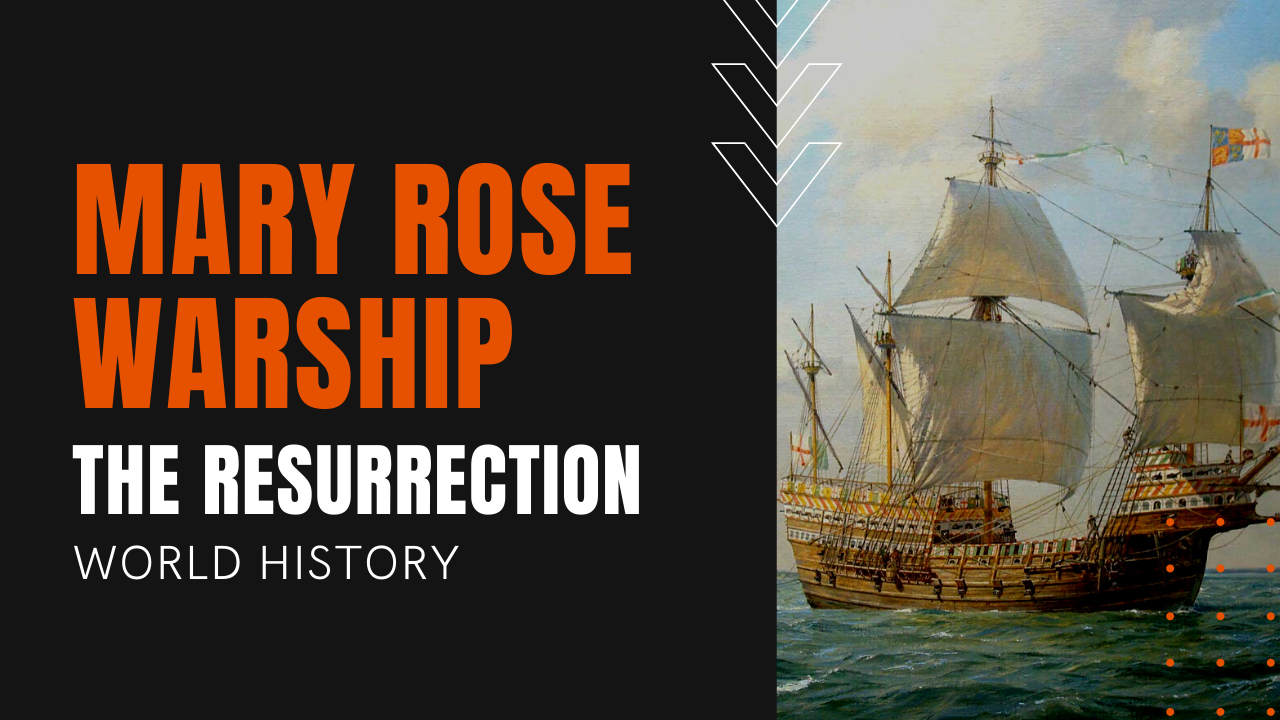Resurrection of the Mary Rose Ship

Long known to be King Henry the Eighth’s favorite warship, not to mention Britain’s first warship, the Mary Rose sank in a naval engagement against the French in 1545, taking the lives of 500 ill-fated sailors, while a heartbroken Henry the Eighth witnessed the loss from the shoreline.
First located in 1971, the wreck was finally raised eleven years later in a brilliant feat of marine archeology. After more than four centuries submerged in the depths of the Solent waterway near the Isle of Wright, the Mary Rose was returned to Portsmouth, England, almost precisely to the spot where she was first constructed five hundred years earlier.
Preservation Efforts on The Mary Rose
After her resurrection in 1982, a restoration museum was specially built at a cost of 35 million Pounds by The Mary Rose Trust, enclosing her delicate remains at the Portsmouth dockyard, not far from Nelson’s flagship, HMS Victory.
The ship’s remains were sealed in a hot box and sprayed with water for the the next 30 years, maintained in a temperature-controlled environment of 82 to 86 degrees Fahrenheit and 90% humidity. The preservation sprayers were finally turned off on April 29th, 2013, kicking off a five year hot air drying phase where over 100 tons of water were extracted from the surviving timbers of the ship.
Where is the Mary Rose Ship Now?
A full 47 years after her discovery, the viewing gallery of the museum in Portsmouth, England is now made up of three levels to match the original deck configuration of the warship.
The nearly 20,000 artifacts found aboard the ship are displayed in near total darkness, which gives visitors a sense of the original conditions below deck when the ship was underway, for once the gun ports were shuttered, the sailors within were forced to carry out their shipboard duties in total darkness.
To make the reconstruction as authentic as possible, experts molded the faces of crew members based on skulls found in the wreck, while cod and hagfish bones reflect the diet of seamen during the Tudor era.
A backgammon board and dice were found in the wreckage, which reflects how sailors relaxed when not on duty, while Rosary beads were also recovered during the salvage operation, despite being banned by Henry the Eighth when he split from the Catholic church in 1534, after the Vatican refused to annul his marriage to Catherine of Aragon.
